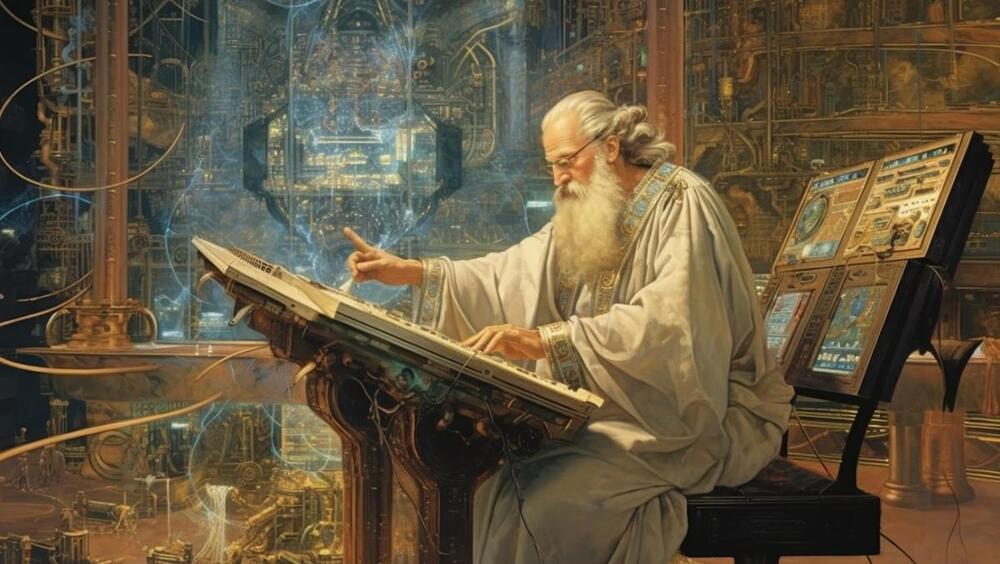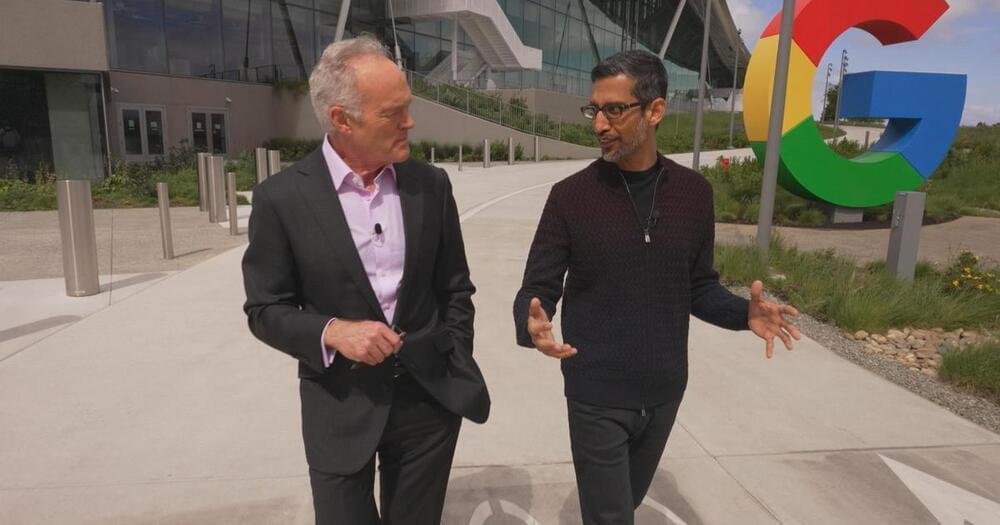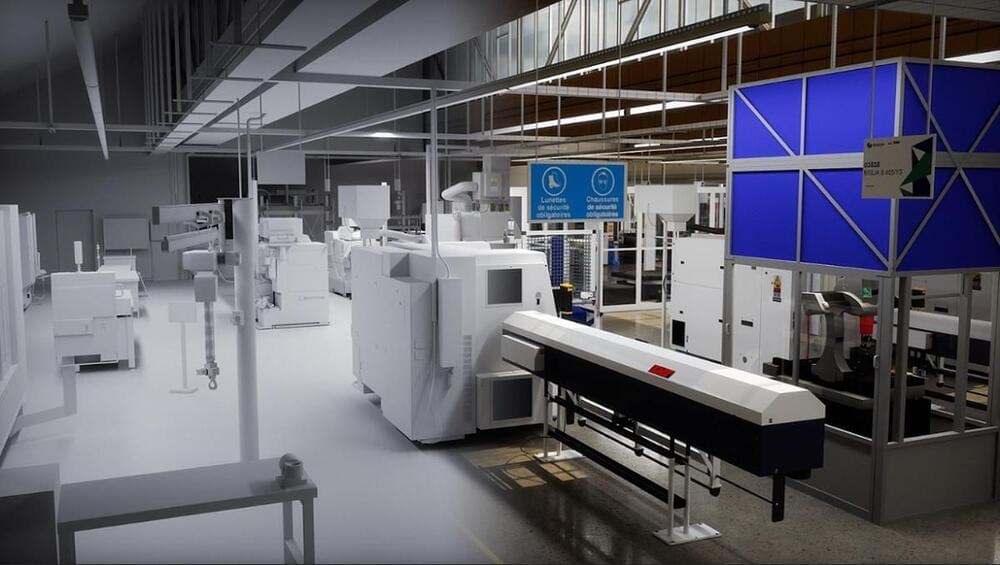Doctors using ChatGPT to communicate with patients in a more empathetic way and even tell them about bad news.



Quantum Brilliance, the company behind miniaturized, room-temperature quantum computing products, has announced the general availability of Qristal SDK.
Previously available in beta, Qristal SDK is an open-source software development kit designed for researching applications integrated with its diamond-based quantum accelerators.

Daniel Lidar, the Viterbi Professor of Engineering at USC and Director of the USC Center for Quantum Information Science & Technology, and first author Dr. Bibek Pokharel, a Research Scientist at IBM Quantum, achieved this quantum speedup advantage in the context of a “bitstring guessing game.”
By effectively mitigating the errors often encountered at this level, they have successfully managed bitstrings of up to 26 bits long, significantly larger than previously possible. (For context, a bit refers to a binary number that can either be a zero or a one).
Quantum computers promise to solve certain problems with an advantage that increases as the problems increase in complexity. However, they are also highly prone to errors, or noise. The challenge, says Lidar, is “to obtain an advantage in the real world where today’s quantum computers are still ‘noisy.’”.

Join top executives in San Francisco on July 11–12, to hear how leaders are integrating and optimizing AI investments for success. Learn More
The skies above where I reside near New York City were noticeably apocalyptic last week. But to some in Silicon Valley, the fact that we wimpy East Coasters were dealing with a sepia hue and a scent profile that mixed cigar bar, campfire and old-school happy hour was nothing to worry about. After all, it is AI, not climate change, that appears to be top of mind to this cohort, who believe future superintelligence is either going to kill us all, save us all, or almost kill us all if we don’t save ourselves first.
Whether they predict the “existential risks” of runaway AGI that could lead to human “extinction” or foretell an AI-powered utopia, this group seems to have equally strong, fixed opinions (for now, anyway — perhaps they are “loosely held”) that easily tip into biblical prophet territory.

Sam Harris is an American author, philosopher, neuroscientist, and podcast host.
His work touches on a wide range of topics, including rationality, religion, ethics, free will, neuroscience, meditation, philosophy of mind, politics, terrorism, and artificial intelligence.
His academic background is in philosophy and cognitive neuroscience.

Finally, stories born from paranoia teach you to see A.I. as the ultimate surveillance tool, watching your every eye moment and jiggle of your mouse. But what if it’s used instead to catch you doing things well, and to foster trust between managers and employees?
With the ability to compile reports of your accomplishments—or even assess their quality—A.I. can help managers better appreciate the output of their employees, rather than relying on quantified inputs, like time spent at your desk. It can watch out for deadlines and critical paths, automatically steering you toward the work that’s most urgent. And if you do fall behind on deadlines, A.I. can let your manager know: They don’t have to poke their nose in all the time just to catch the one time you fell behind. With A.I. helping everyone focus their attention to match intentions as they do their work, managers can instead spend their time investing in ways to support their team and grow individuals.
The way we work right now will soon look vestigial, a kind of social scaffolding in our journey to build something better. We know that A.I. will transform the future of work. Will the future edifices of our labor be austere, brutalist towers that callously process resources? Or will they be beautiful, intricate monuments to growth and thriving?



Missed the GamesBeat Summit excitement? Don’t worry! Tune in now to catch all of the live and virtual sessions here.
Hexagon, a Nordic company focused on digital reality, is collaborating with Nvidia to enable industrial digital twins to capture data in real time.
Digital twins are digital replicas of designs such as factories or buildings in the real. The idea of the collaboration is to unite reality capture, manufacturing twins, AI, simulation and visualization to deliver real-time comparisons to real-world models.